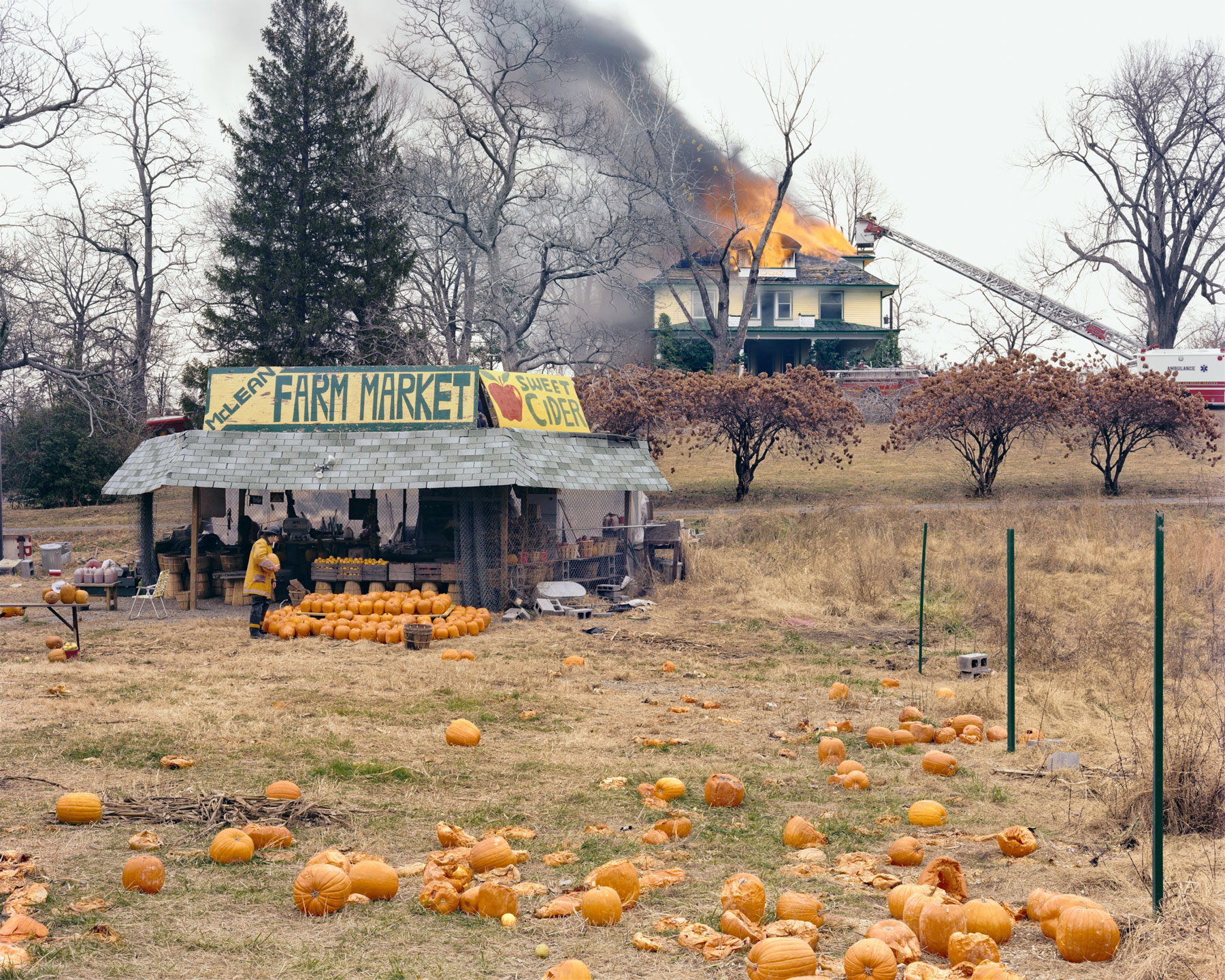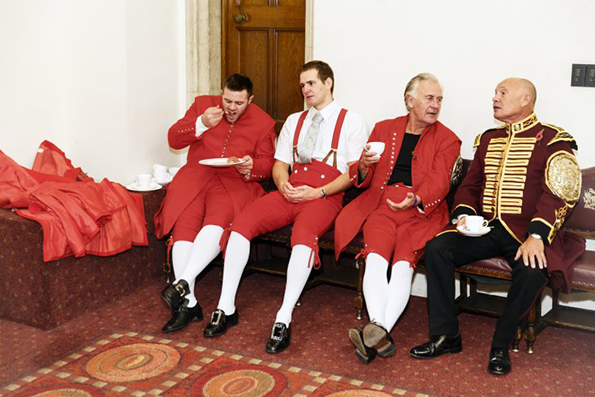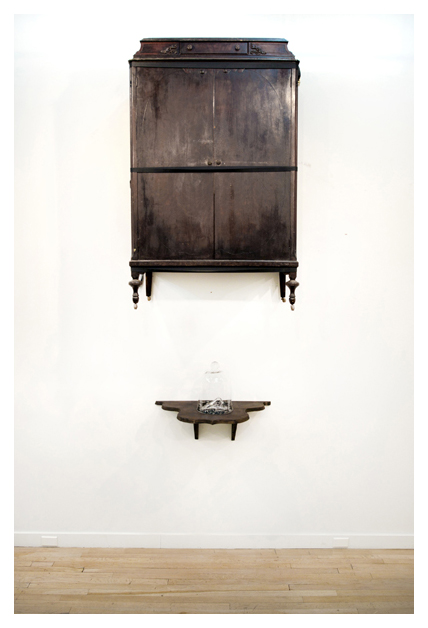OUR LITTLE SISTER
2016-04-04Based on the award-winning manga series Umimachi Diary, Our Little Sister is the new film by acclaimed director Kore-eda Hirokazu (Like Father, Like Son and I Wish). Nominated for the Palme d’Or, this exquisite family drama, set across the varied colours of the four seasons, is one of the most graceful, tender and moving films of the year.
Sachi, Yoshino and Chika are three sisters living happily together in a relaxed, tight-knit seaside town south of Tokyo. When their long-estranged father passes away they travel to the countryside to attend his funeral, where they meet their shy teenage half-sister, Suzu. Bonding quickly, they invite the orphaned Suzu to live with them and she eagerly agrees, sparking a journey of self-discovery for all four sisters, looking back into painful pasts but also reaching forward to hopeful futures.
In theatres April 15th, 2016
Tweet


